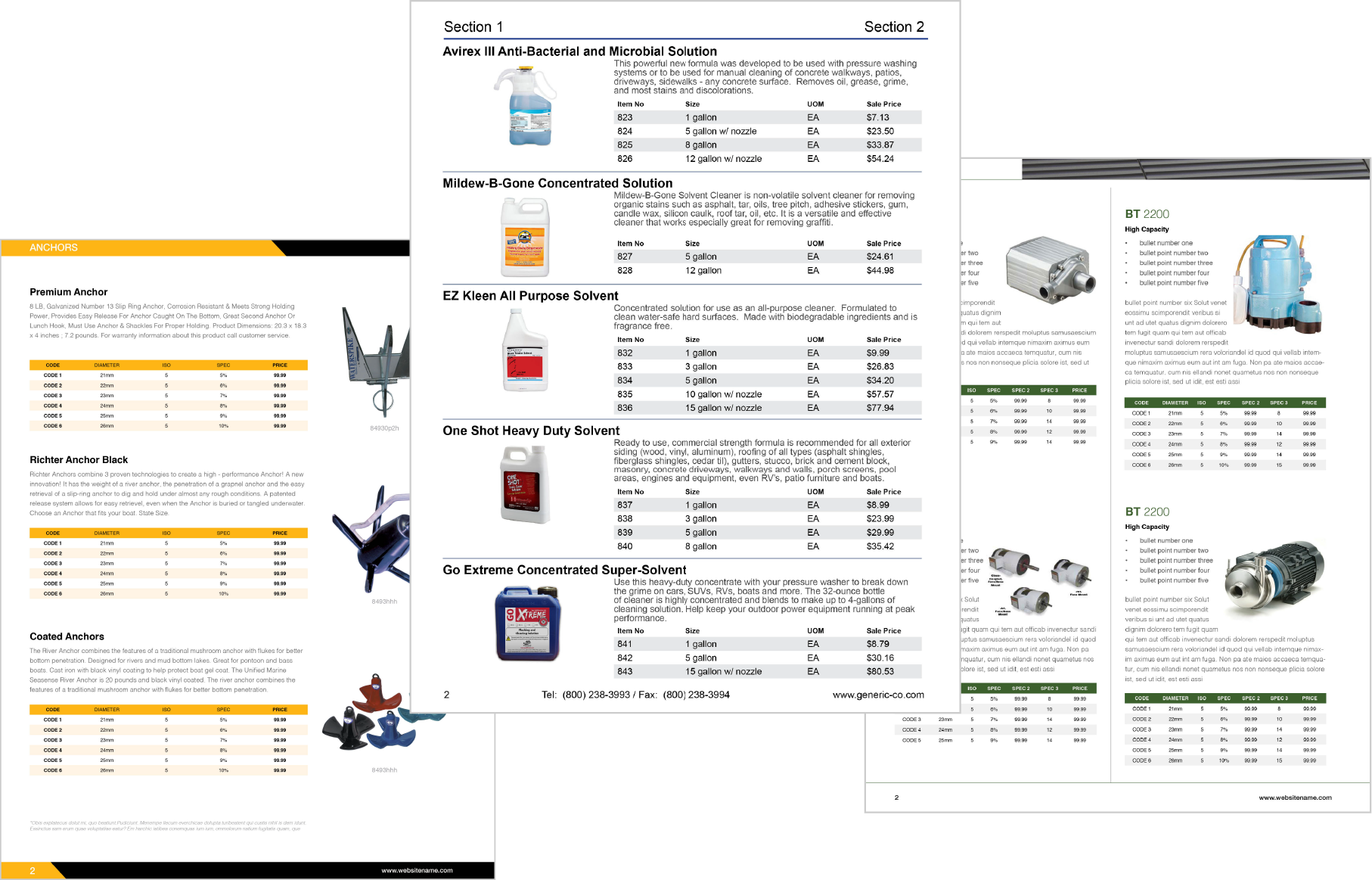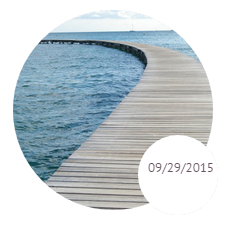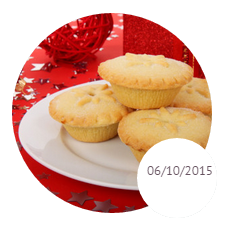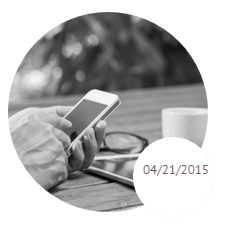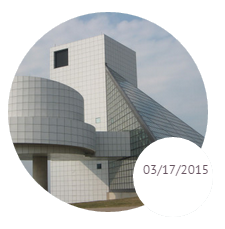Print Quality, Digital Capabilities
When it comes to quality and the “wow” factor, there really is no beating Print. It’s part of the reason it continues to play a significant role in marketing: there is just no 100% replacement for being able to hold a catalog with those glossy pages and brilliant, rich photos. Flip Books take this emotional response to heart, which is why they emulate the page-flip feel of viewing spreads as individual art pieces. You enjoy a particular spread, soak it in, and hopefully something catches your eye and inspires you to delve deeper. If not, you flip the page and the adventure begins again with yet another art piece presentation. More than simply using high-resolution digital imagery, a Flip Book tries to capture the feeling of excitement you get when flipping through a truly great catalog. At the same time, it would be silly not to take advantage of the digital side of things. A print catalog is a document locked in time. That is to say, at the moment it was published, whether 5 months or 5 years ago, the specifics have changed but the catalog will NEVER reflect it. If a better photograph of the product on page 197 was taken, you won’t know about it until you get the next edition of the print catalog. With Flip Books, they’re always plugged in to the beating heart of your content database. When images go out of date and new ones take their place, the next time the Flip Book is opened, they’ll see the new images. When marketing copy is updated or added, it is instantly available as well. The same goes for pricing, if you elect to show that in your catalog. Similarly, when dealing with Print, if you have additional questions or require more information on a particular product, you most likely need to call in or search for it on the web version of the catalog. With a Flip Book, you can insert callouts and tags within the pages which will link readers to extended information, images, and details. You aren’t dealing with the same kind of page constraints of a physical catalog.





